NPR’s Morning Edition yesterday highlighted Arlington County‘s success in tackling commuting challenges, particularly as a result of the decision to bring Metrorail and transit-oriented development to the Rosslyn-Ballston corridor.
When the Metrorail system was initially designed in the early 1960s, the plan proposed running the Orange Line in the median of what would ultimately become Interstate 66. Arlington County officials lobbied hard and put forward county funds to bring the Orange Line to its existing home, under Wilson Boulevard. They foresaw the benefits of high capacity transit IN the neighborhoods, as opposed to adjacent to the neighborhoods. They also set forth zoning, planning, and other policies to ensure that the county would maximize the benefits from that decision. The NPR story talks about the results of those decisions, the shift from a post-World War II auto-dependent suburb to a vibrant, mixed-use community that has become the gold standard for many cities across the world.
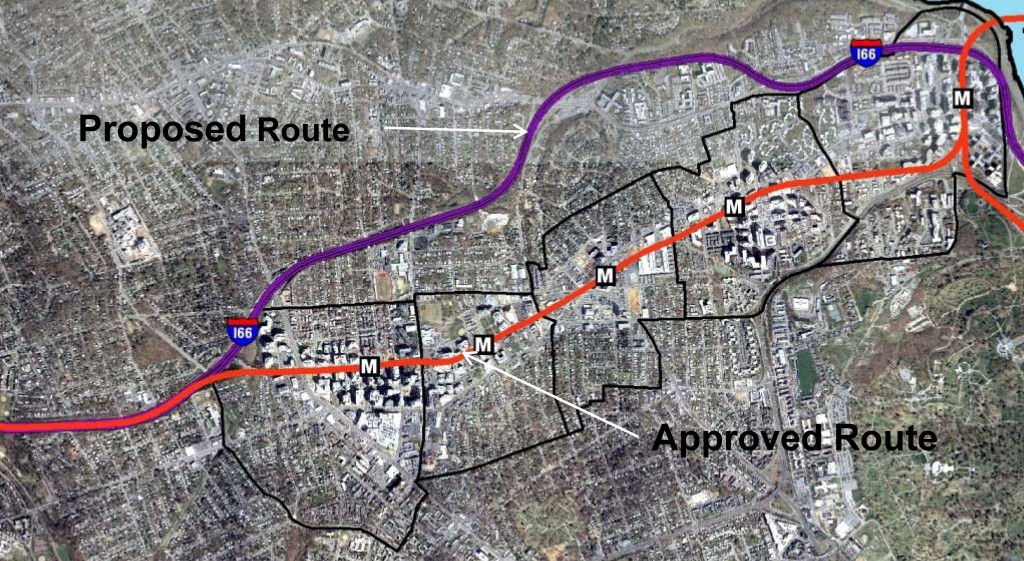
Orange Line – Proposed and Actual Alignments
For more background on the history, growth, and experience with transit-oriented development in the corridor, check out this powerpoint from the Arlington County Department of Community Planning, Housing and Development. Not only does it provide additional information, it has some terrific before and after photos of the different Arlington neighborhoods and how they have changed. Parkington, anyone?
If you’d like to contribute to the NPR series, you can share your commuting experience with Morning Edition – #NPRcommute.
Yesterday’s NPR story was the first in a multi-part series on how communities are tackling commuting challenges.
Business leaders were asked a series of questions about Momentum to gauge the extent that they believe the strategic plan is focused in the right direction. Five different growth options were presented and respondents were asked their level of support for each of them. The options included:
- Running all eight-car trains;
- Installing bus-only lanes as well as other bypass measures;
- Improving stations via widening platforms, more escalators/elevators, pedestrian tunnels;
- Improving communications infrastructure at stations, bus stops, online & fare payment; and
- Relieving track and station congestion at Rosslyn with new infrastructure.
There was clear support for the eight-car trains, with three out of four business leaders choosing this as a priority. Improved communications was also supported by six out of ten surveyed. The rest of the improvements had support from approximately one half of the total respondents. Read more…
Read more…
Portions of Momentum are 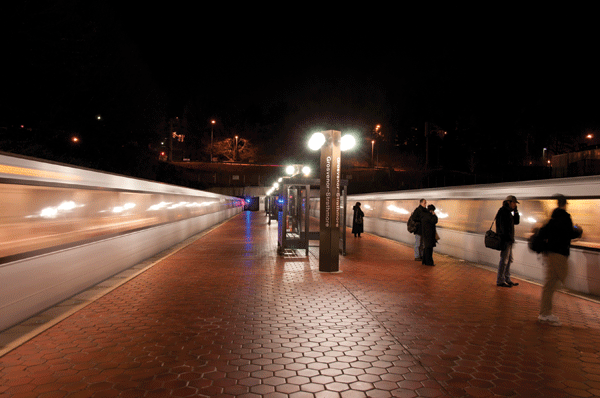 already being executed, meaning that elements in this strategic plan under Metro’s control are already in implementation mode. Engineering work is well-underway to support some of the immediate and near-term investments and innovations to carry the system to the year 2025. Some of the projects and their dates of completion or anticipated completion include the following:
already being executed, meaning that elements in this strategic plan under Metro’s control are already in implementation mode. Engineering work is well-underway to support some of the immediate and near-term investments and innovations to carry the system to the year 2025. Some of the projects and their dates of completion or anticipated completion include the following:
Metro’s staff and Board are already laying the financial underpinnings to execute the strategic plan. In 2013, the Board approved Metro’s multi-year capital and operating budgets. While continuing laser-like focus on safety improvements and the rebuilding of the existing system, the FY 2014-2019 Capital Improvement Program (CIP) includes a number of significant investments that lay the groundwork for the implementation and execution of Metro 2025, which is described in the following section and later in this document.
Read more…
A next generation communications 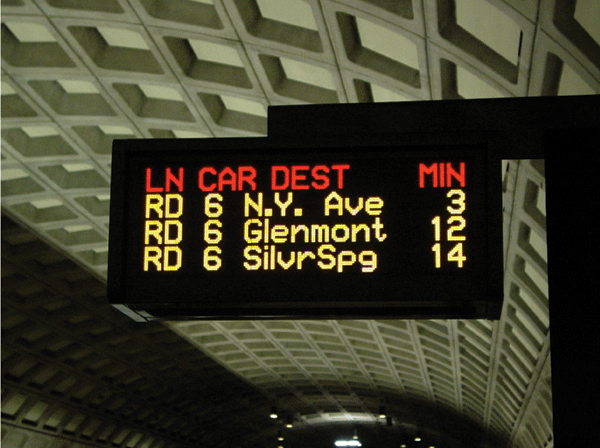 system would expand current communications infrastructure to provide an integrated one-stop communications hub for the region’s transit customers. Proposed improvements will capitalize on efforts already underway to improve the functionality of the rail control software. They include the next generation of the Passenger Information Display System (PIDS), new public address systems, improved station signage, and equipping station managers with mobile devices. Bus and train information will also be integrated, with real-time information displays to well-used bus stops.
system would expand current communications infrastructure to provide an integrated one-stop communications hub for the region’s transit customers. Proposed improvements will capitalize on efforts already underway to improve the functionality of the rail control software. They include the next generation of the Passenger Information Display System (PIDS), new public address systems, improved station signage, and equipping station managers with mobile devices. Bus and train information will also be integrated, with real-time information displays to well-used bus stops.
Read more…
Proximity to transit, especially high-quality, frequent, high-capacity rail, increases property values, attracts development and provides mobility choices. Property values are higher near Metro’s high-quality, high-frequency, high-capacity services, and deliver an incremental increase in total tax revenue to the Compact jurisdictions.
- Property taxes on land around Metrorail stations generate $3.1 billion annually in revenues to the jurisdictions.
- Of these revenues, $224 million is extra value that would not exist without Metro. This amount is equivalent to providing the following public services.
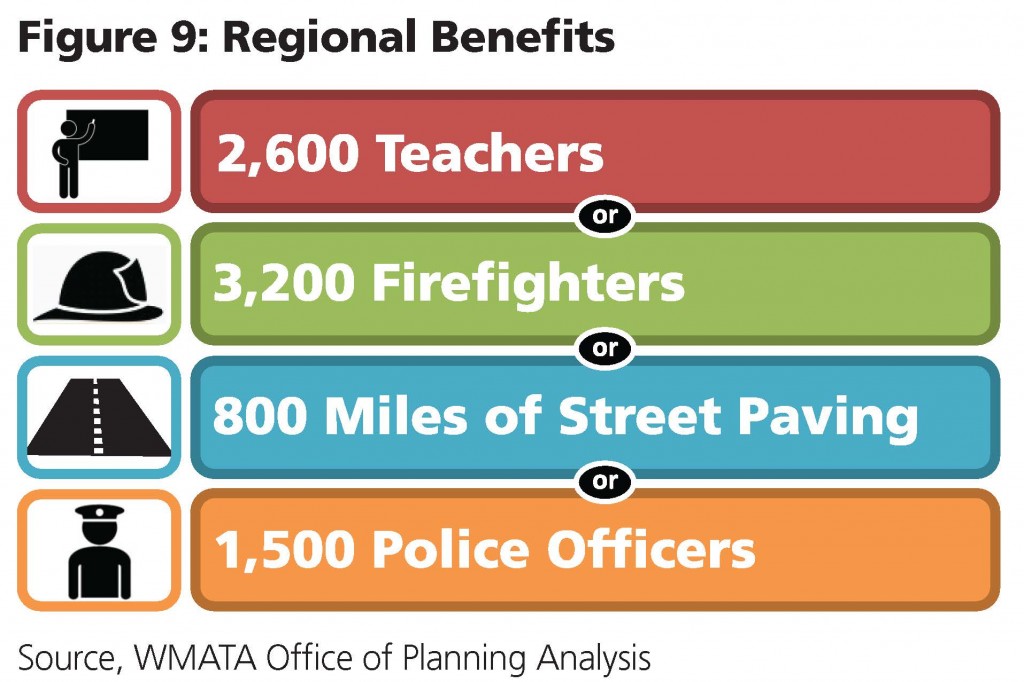
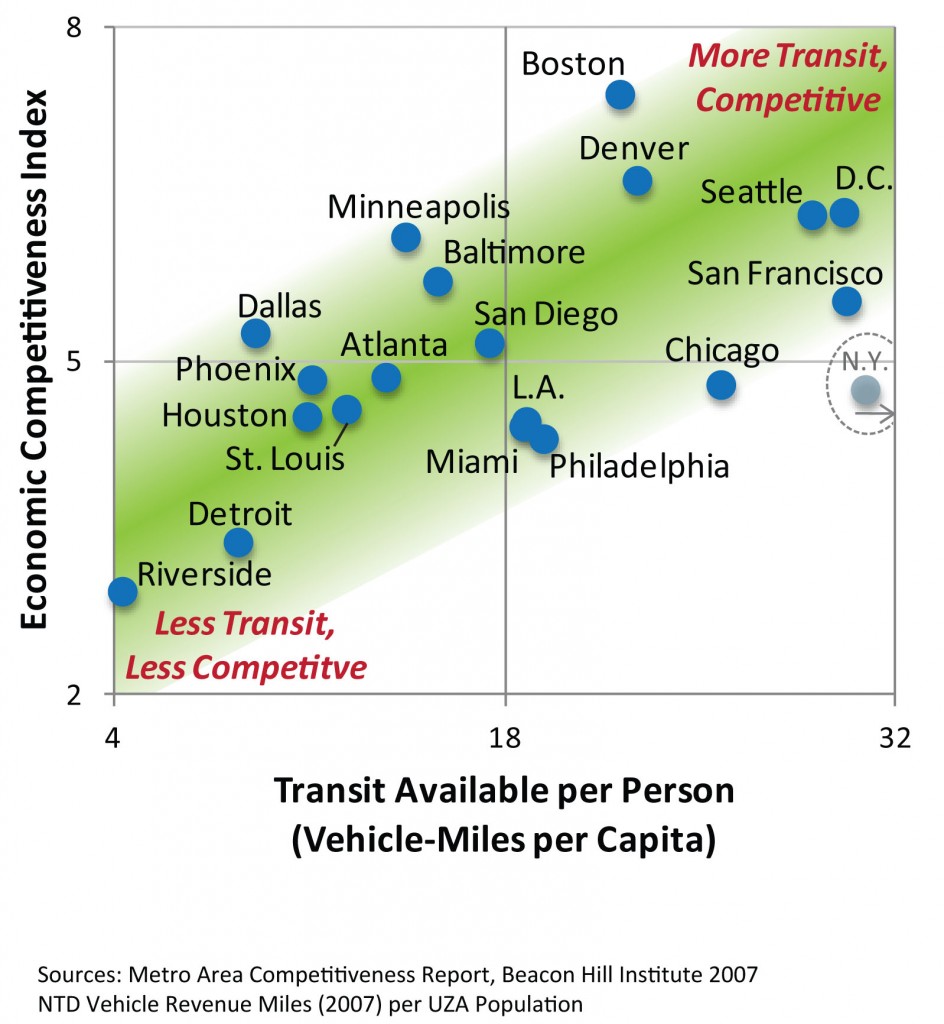 In September 2012, MWCOG released Economy Forward, a call to action for a more competitive metropolitan Washington. This report called for strong centers with housing, jobs, and access to transit as a means to enhance the region’s competitiveness. Through monthly meetings with public and private nonprofit and academic leaders, it concluded that the transportation network is one of the five critical challenges in recruiting new business to the Washington region. It also concluded that “without adequate funding, Metro and the region’s highways will become even more congested, which will hurt the region’s productivity and economic growth potential.”
In September 2012, MWCOG released Economy Forward, a call to action for a more competitive metropolitan Washington. This report called for strong centers with housing, jobs, and access to transit as a means to enhance the region’s competitiveness. Through monthly meetings with public and private nonprofit and academic leaders, it concluded that the transportation network is one of the five critical challenges in recruiting new business to the Washington region. It also concluded that “without adequate funding, Metro and the region’s highways will become even more congested, which will hurt the region’s productivity and economic growth potential.”
Read more…
Metro is critical to the 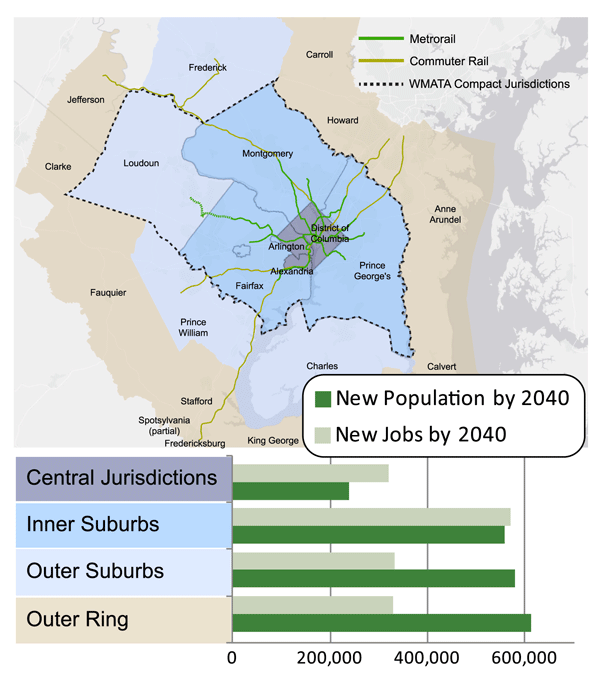 prosperity of the region and has a positive effect on business activity. Within one half-mile of rail stations and bus stops there are two million jobs, which account for 54 percent of all jobs in the region. The figure to the right shows how future employment will be focused in the Metrorail service areas of the central jurisdictions and the inner suburbs.
prosperity of the region and has a positive effect on business activity. Within one half-mile of rail stations and bus stops there are two million jobs, which account for 54 percent of all jobs in the region. The figure to the right shows how future employment will be focused in the Metrorail service areas of the central jurisdictions and the inner suburbs.
The Washington, D.C. Metropolitan Statistical Area (MSA) added 275,000 households and 295,000 jobs between 2004 and 2010. Of that growth, 6.4 percent of new households and 13.8 percent of new jobs located within one-quarter mile of urban Metro stations and one-half mile of suburban ones. The land area around these Metro stations comprises only 1.2 percent of the MSA land area, so Metro-adjacent locations are capturing far more than an average share of growth. When asked, 83 percent of business leaders surveyed by Metro in March, 2013 noted the importance of Metro to their future success. Employers have chosen Metro station areas as highly desirable places to locate jobs and attract employees. Seventy-seven percent of them said the proximity of a Metrorail station was important to where they decided to locate their businesses.
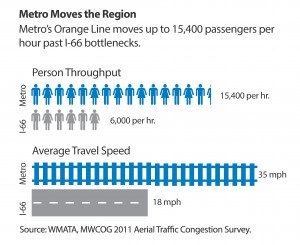
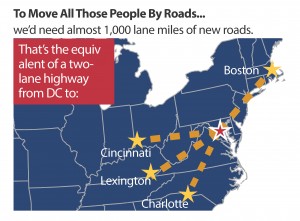
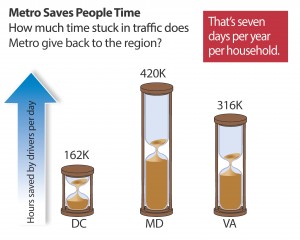 Metro does far more for the region than simply providing transportation. It also provides economic, social, and environmental benefits which contribute to the region’s health and vitality.
Metro does far more for the region than simply providing transportation. It also provides economic, social, and environmental benefits which contribute to the region’s health and vitality.
Making the Case for Transit (2011) found that without Metro and the regional transit system that it feeds:
- There would be one million more auto trips per day;
- Congestion would increase by 25 percent;
- All Potomac River crossings would need four to six additional lanes; and
- Downtown Washington would require 200,000 more parking spaces, which is the equivalent of 166 blocks of five-story garages, at a cost of at least $4 billion (2012), excluding land.
Read more…
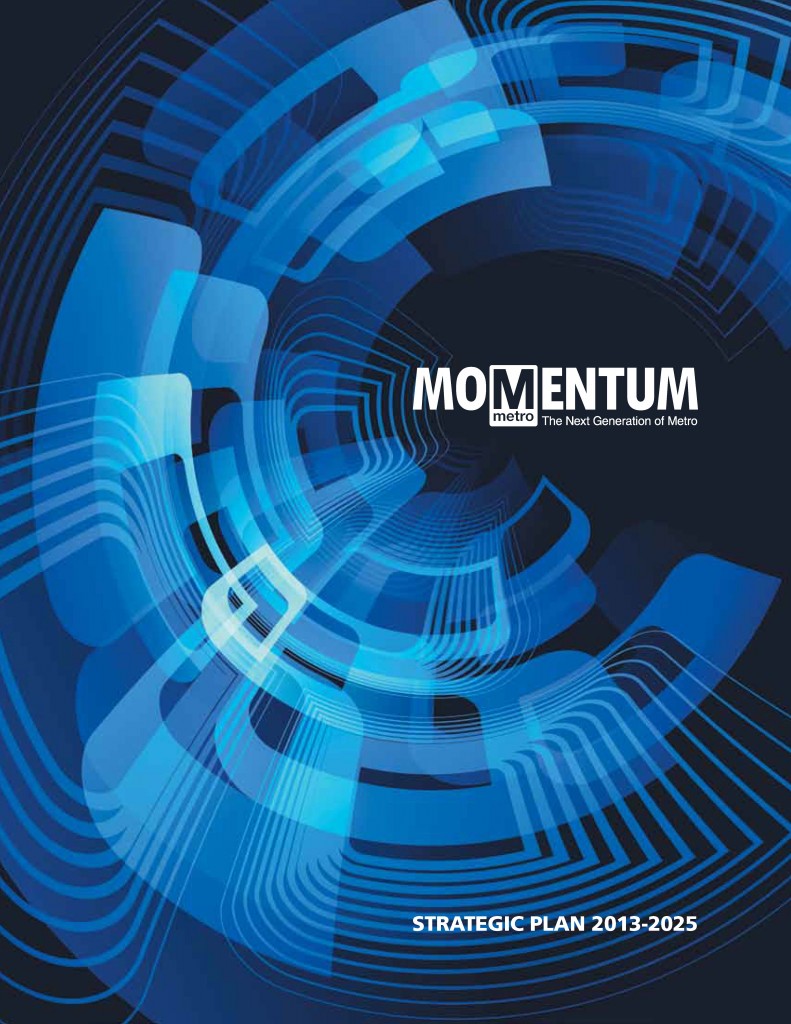 You’ve been diligently telling us what you think our priorities should be and we’ve listened. We’ve been hard at work putting the final touches on Momentum: The Next Generation of Metro and Metro’s Board endorsed the plan today.
You’ve been diligently telling us what you think our priorities should be and we’ve listened. We’ve been hard at work putting the final touches on Momentum: The Next Generation of Metro and Metro’s Board endorsed the plan today.
Starting Monday, over the following 40 weekdays, we’ll be rolling out the most interesting parts of the plan in daily posts here on PlanItMetro.
Monday Posts: Preparing for Tomorrow’s Region Today
Tuesday Posts: Metro’s Importance to the Region
Wednesday Posts: Metro’s Recent Accomplishments and Public Engagement
Thursday Posts: Strategies and Priority Actions to Make this Vision a Reality
Friday Posts: Metro 2025 – Seven Priority Capital Initiatives
If you want to read and download either the full Momentum plan or the Executive Summary, go right ahead. But if you want to stop back for a daily dose of Momentum, don’t be shy. If you notice something that strikes your fancy, leave us a comment.
Regional support is important to making Momentum a reality! A number of regional stakeholders have already endorsed Momentum. Please sign on and add your name to endorse Momentum and send the message that public transit is vital to the National Capital Region.
Categories: Momentum Tags: 40 Days of Momentum, Board, business case, forecasts, history, maps, Metrorail, MindMixer, Momentum, planning, plans, priority, public comment
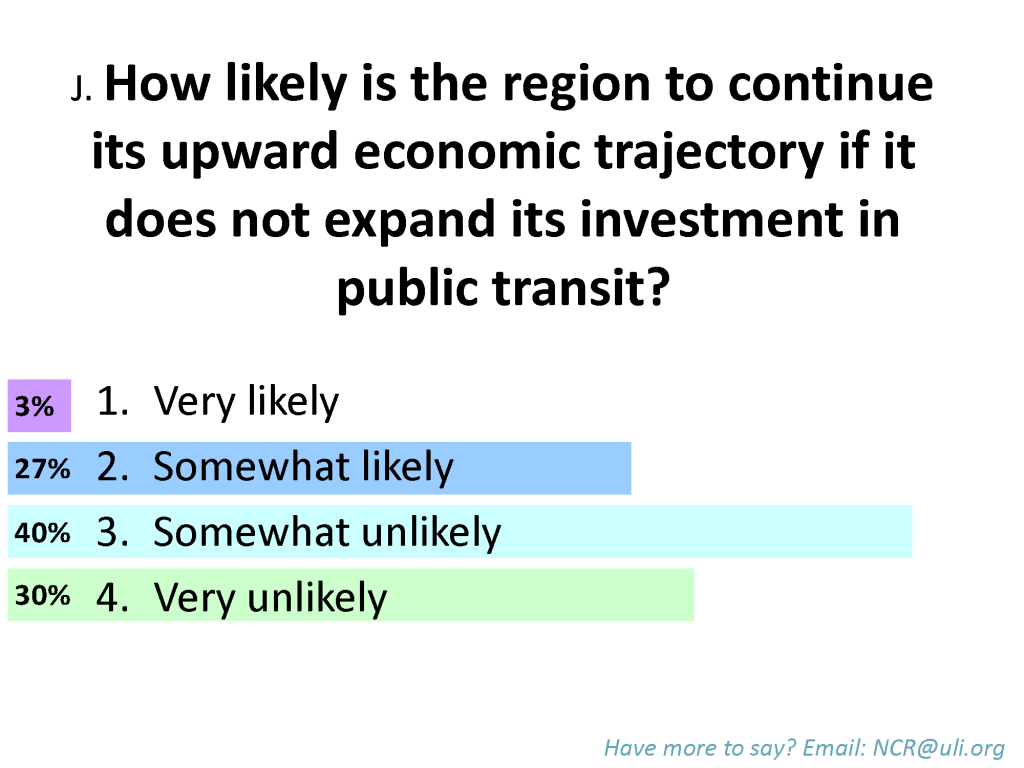
70% of the participants felt that expanded investment in public transit is key to continued economic growth in the Washington region.
Over the past decade there have been many significant efforts to promote regionalism in the National Capital region.Endeavors including Reality Check, COG’s Region Forward and the work of the 2030 group, have envisioned a region that is more accessible, prosperous, sustainable and livable.
Building on these plans and visions, on November 13th, ULI Washington hosted “Regional Leadership: Vision to Action,” an invitation-only event for the region’s leaders in business, land-use and real estate. The purpose of the event was to examine regional strategies for improving economic development and quality of life in the National Capital Region. A report summarizing the content of the event is being developed by ULI Washington and will be published in December 2012 at www.washington.uli.org. Read more…














Recent Comments